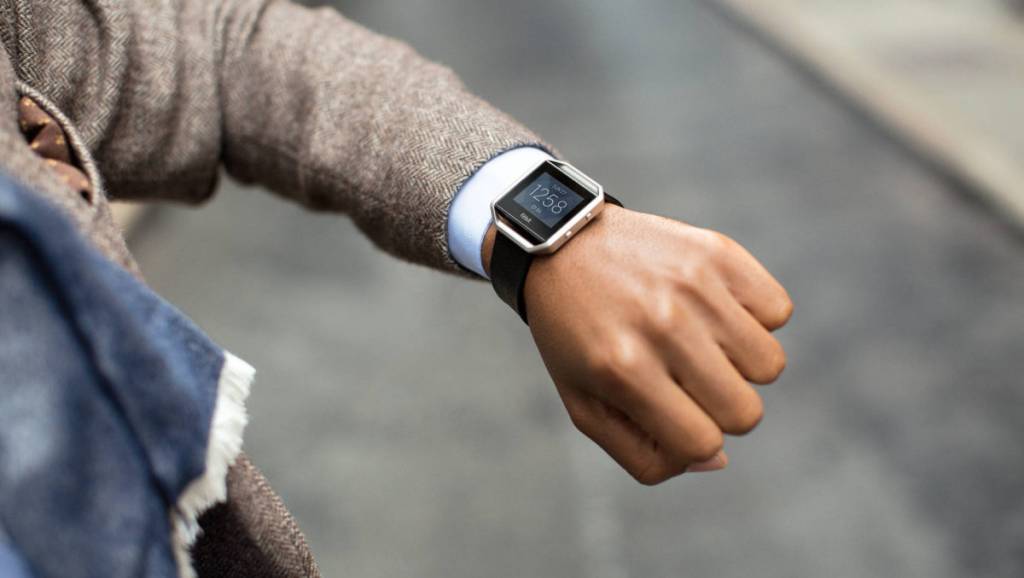Fitbit announced on Thursday that it has acquired Coin, a payment startup known for Coin 2.0, a digital device that holds all of your credit cards and works with most card readers.
Surprisingly, the multi-card device is not part of the acquisition, instead Fitbit is focused on utilizing Coin’s wearable payment services.
See Also: Wearables move beyond the hand, onto the foot
The wearable giant, which closed the deal last week on May 12, said it has “no plans to integrate Coin’s wearable payments technology into the 2016 Fitbit product roadmap”, but does see the acquisition as an accelerant for Fitbit to build an NFC payment solution in the near future.
Fitbit has skirted round the idea of a fitness tracker doing more than health and fitness for a few years. Earlier in the year it launched the Fitbit Blaze, a wearable that looks like a smartwatch, but still lacked some of the functionality built into devices like the Apple Watch or Moto 360.
Fitbit realizing wearable itself is just not enough?
This acquisition appears to be Fitbit admitting that its wearables require additional functionality, like payments, to interest new customers.
“We are focused on making wearable devices that motivate people to reach their health and fitness goals, and that also make their lives easier with the smart features they need most,” said James Park, CEO and co-founder of Fitbit. “Coin has been one of the key innovators in advanced payment solutions. The inclusion of their payment technology into our offerings will further our strategy of making Fitbit products an indispensable part of people’s lives.”
Fitbit is still far ahead of other wearable providers in sales, at 4.8 million in the first quarter of 2016. Xiaomi is the only company close, with 3.7 million sales, but its Mi Band is much less expensive.
That should mean Fitbit is in a safe position, but in a market that noted a 67 percent growth in sales in a year, not having payment functionality could be a key factor that loses the company new customers.

















